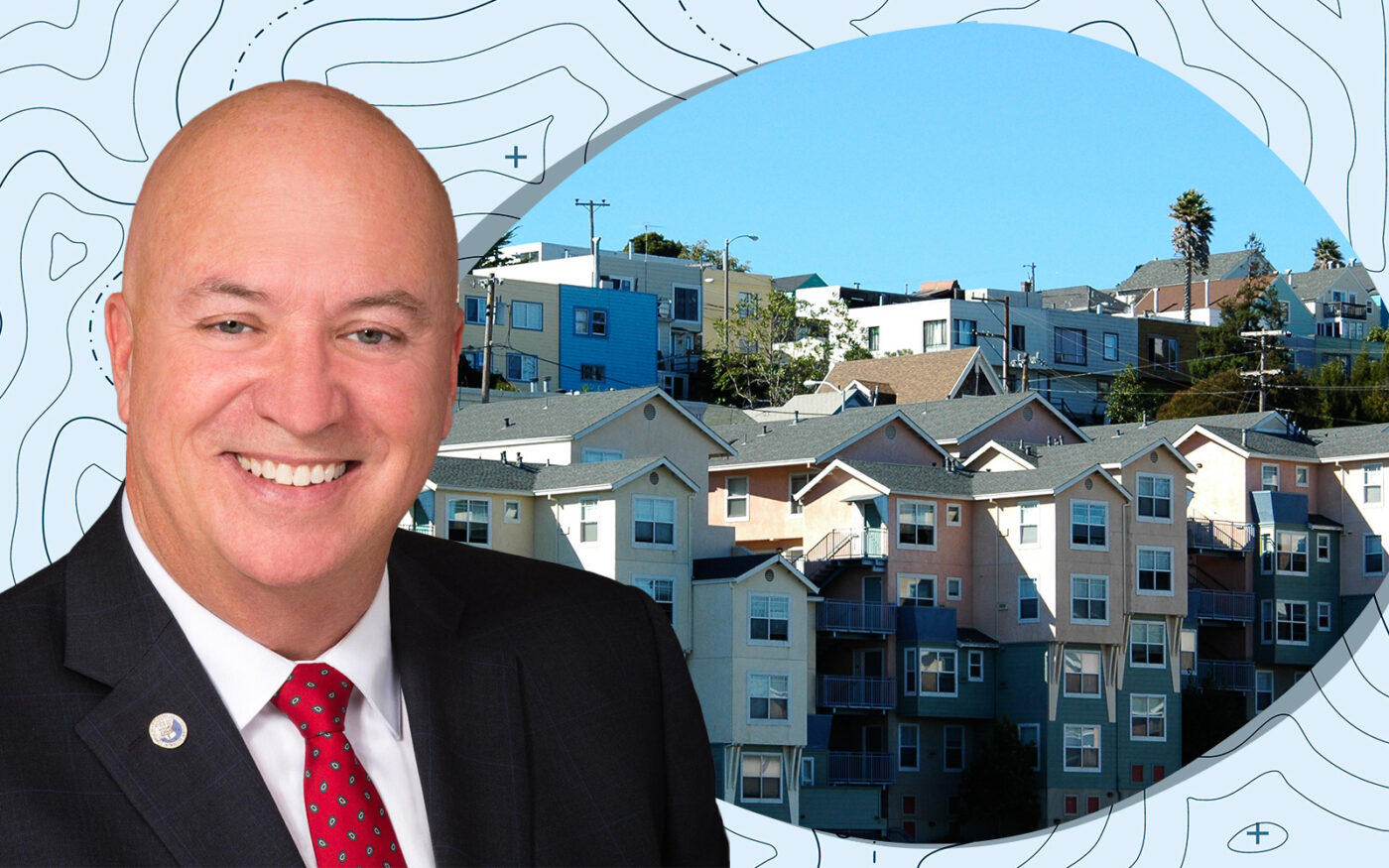
Trending
Torrance upgrades zoning to allow homes along commercial corridors
Amendment aims to help city meet state goal of building 5,000 homes

The City of Torrance will now allow home development along commercial and industrial corridors near businesses, schools and public transit.
The City Council unanimously approved a zoning amendment to boost housing construction and help meet a state requirement that it plan for nearly 5,000 homes by 2029, the Torrance Daily Breeze reported.
It approved the zoning update despite pushback from homeowners concerned about apartment buildings hovering over single-family homes, with less privacy and a hit to property values.
“I think failure to approve something is really not an option,” Councilman Mike Griffiths said, “because it would put us in a situation where our housing element would then be out of compliance, and then we would be in big trouble with the state.”
The zoning amendment will create a housing corridor overlay, or an optional layer of planning guidance applied to properties in clearly defined areas, usually those close to businesses, schools and transit.
The amendment sets development standards and requirements, but doesn’t replace the underlying zoning in three commercial and industrial parts of town.
It targets nearly 16 acres around Gramercy Place, Prairie Avenue and Spencer Street; another 32 acres along Border Avenue, next to Downtown; and 58 acres around Western Avenue, Maricopa Street and Lomita Boulevard/Madison Street, with various density limits for the three areas.
All three areas have maximum building height requirements and neighbor setbacks, which regulate the distance between potential development and single-family neighborhoods.
Adam Schwartz, a Torrance resident and a property owner in Downtown Torrance, said he favored the changes. He said bringing housing near Downtown would help generate revenue for the city.
“I think it’s a place that people are going to want to live,” Schwartz said, “Sales tax is the number one way that this city is funded, so putting new people and new development right next to where people can spend money is just a good idea.”
— Dana Bartholomew
Read more







